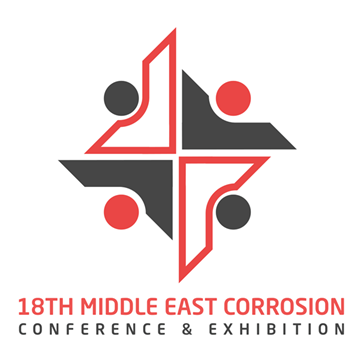Search
Online Conference Paper
View as
Sort by
Display
per page
The Synergy Effect of the Geothermal Corrosion Environment on NI-P Coatings
Product Number:
51321-16439-SG
Publication Date:
2021
$20.00
The Temperature Functionality of Sensitized Stainless Steel SCC Growth in Deaerated Water
Product Number:
ED22-17110-SG
Publication Date:
2022
$20.00
The thermal properties that influence the performance of insulation coatings used for personnel protection – redefining “Safe Touch”
Product Number:
51323-19531-SG
Publication Date:
2023
$20.00
The Transformation of Shipping and Transport Material to Polymer-Based Products. A Case Study of Wooden-to-Plastic Pallets
Product Number:
MECC23-20031-SG
Publication Date:
2023
$20.00
The Transient pH Distribution of the Electrolyte During Mg Galvanic Corrosion
Product Number:
51324-20878-SG
Publication Date:
2024
$40.00
The Use of Composites in Facility Integrity Programs
Product Number:
51323-18976-SG
Publication Date:
2023
$20.00
The Virtual Corrosion Engineer For Soil Side Corrosion Prediction And Cathodic Protection Status Monitoring
Product Number:
51322-17677-SG
Publication Date:
2022
$20.00
Theoretical Study of Corrosion of Corrosion-Resistant Alloys in Chemical Processes Environments including Mixed Acids and Salts using a Mechanistic Model
Product Number:
51321-16479-SG
Publication Date:
2021
$20.00
Theory and testing of composite materials on Stress Corrosion Cracking
Product Number:
51323-19002-SG
Publication Date:
2023
$20.00
Theory and Testing of Composite Materials on Stress Corrosion Cracking
Product Number:
MECC23-20124-SG
Publication Date:
2023
$20.00
Thermal & Moisture Cycling Impacts on the Corrosion Behavior of Carbon Steel Under Contacting and Contact-Free Insulation
Product Number:
51323-19171-SG
Publication Date:
2023
$20.00
Thermal Gradient (ΔT) Measurement Of Insulating Systems for Cold Service Applications
Product Number:
51323-19201-SG
Publication Date:
2023
$20.00












